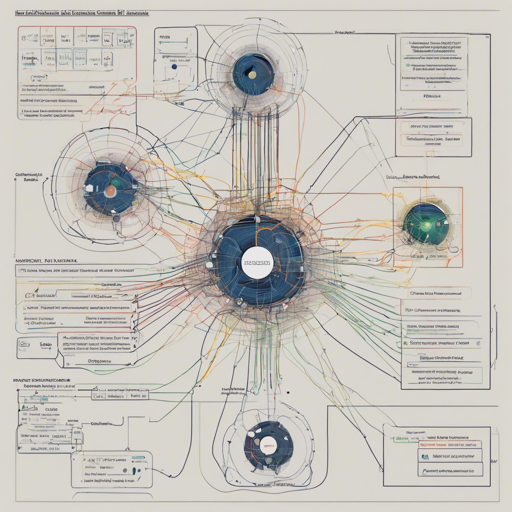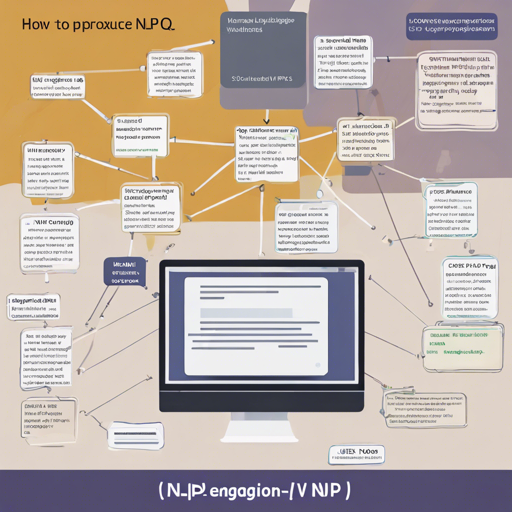In the realm of computer vision, capturing the nuanced orientation of images is essential for various applications. Training a model to determine if images are upside down can enhance usability and accessibility in software. This guide walks you through creating an...
How to Transform Informal English to Formal Text Using AI
In our rapidly evolving digital landscape, the need for converting informal language to formal text has increased significantly, especially in educational, professional, and legal dialogues. Leveraging AI to assist in this transformation is not just efficient; it's...
How to Implement the German Uncased Electra Bi-Encoder for Passage Retrieval
Welcome to your comprehensive guide on utilizing the German uncased Electra Bi-Encoder in passage retrieval. This innovative model, based on the German Electra uncased model, is a powerhouse for semantic search, providing an opportunity to explore data in an efficient...
How to Implement an End-to-End Conversational Search Model for Online Shopping
Welcome to our in-depth guide on implementing a conversational search model tailored for online shopping! In this article, we’ll explore the details of the ConvSearch system and provide you with a user-friendly roadmap to get started. By the end of this guide, you...
How to Get Started with nlp-qual-q1 Model Card
Welcome to your guide on getting started with the nlp-qual-q1 model card! This comprehensive resource is designed to help users understand the capabilities, uses, and details of the model. Model Details The nlp-qual-q1 is a language model developed to score and...
How to Use the Hindi Image Captioning Model
Welcome to the world of AI and image captioning! In this guide, we will walk you through the steps to utilize an innovative encoder-decoder image captioning model that employs a Vision Transformer (ViT) as an encoder and GPT2-Hindi as a decoder. This groundbreaking...
How to Use the Spider Model for Passage Retrieval
In the realm of natural language processing, the Spider model emerges as a remarkable unsupervised pretrained model designed to enhance the retrieval of passages without supervision. Developed based on the principles laid out in the paper Learning to Retrieve Passages...
How to Use Pre-trained Language Models for Tagalog
In the world of natural language processing (NLP), pre-trained models have revolutionized how we tackle language tasks. This blog will guide you through the usage of pre-trained models specifically designed for Tagalog, based on the research presented by Jiang et al....
How to Fine-Tune BERT-Tiny with M-FAC on QQP Dataset
Fine-tuning a pre-trained transformer model like BERT is crucial for achieving optimal performance on specific tasks. In this article, we will walk through how to fine-tune the BERT-Tiny model using the M-FAC optimizer on the QQP dataset—a popular dataset for...










